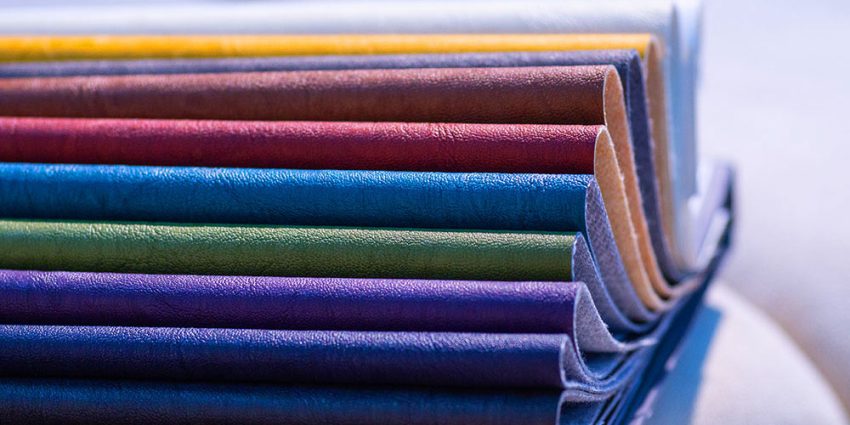Upholstery, once an art confined to the hands of skilled craftsmen, has evolved into a sophisticated blend of tradition and modernity. From ancient techniques to cutting-edge technologies, the journey of upholstery is a fascinating tale of adaptation and innovation. Let’s dive into the rich history and explore how this craft has transformed over the centuries, bringing tradition and innovation together in harmony.
The Origins of Upholstery
Upholstery has a storied past, dating back to ancient civilizations where the need for comfort met the ingenuity of early artisans. Initially, upholstery was a luxury afforded only by the wealthy. Early techniques involved simple hand-stitching and the use of materials like horsehair, burlap, and natural fabrics. These materials provided both comfort and durability, making them staples in traditional upholstery.
As time marched on, so did the methods and materials used in upholstery. The transition from handcraft to industrialization marked a significant shift. The 18th and 19th centuries saw a surge in upholstered furniture, driven by the growing middle class’s desire for comfort and style. Upholstery evolved from a labor-intensive craft to a more streamlined process, thanks to early industrial innovations.
Traditional Upholstery Techniques
- Classic Craftsmanship
Even as methods evolved, the essence of traditional craftsmanship remained. Hand-tacking, meticulous stitching, and careful frame restoration are hallmarks of classic upholstery techniques. These methods require a deep understanding of materials and a skilled hand to execute, reflecting a dedication to quality that has been passed down through generations.
- Materials
Traditional materials, such as leather and cotton, are still revered for their natural beauty and durability. They lend an air of authenticity and timelessness to upholstered pieces, keeping the spirit of traditional craftsmanship alive in modern creations.
- Furniture Styles
Historical furniture styles, from the ornate designs of the Victorian era to the sleek lines of mid-century modern, have influenced upholstery practices. These styles dictate not only the aesthetic but also the techniques and materials used, creating a bridge between past and present.
The Impact of Industrialization
The advent of industrialization brought about significant changes in upholstery. The introduction of power tools revolutionized the way upholstery was done, making it faster and more efficient. Mechanized upholstery machines allowed for precision and consistency, transforming the industry and making upholstered furniture more accessible to the masses.
Industrialization also spurred the development of new materials. Synthetic fabrics emerged, offering durability and ease of maintenance. Foam padding replaced traditional materials like horsehair, providing enhanced comfort and longer-lasting support. These innovations expanded the possibilities for upholsterers, allowing them to create more comfortable and versatile pieces.
Modern Innovations in Upholstery
Technology Integration
In today’s digital age, technology has become an integral part of upholstery. Computer-Aided Design (CAD) tools have revolutionized the design process, enabling precise customization and intricate detailing. Upholsterers can now create digital prototypes, experiment with different designs, and ensure that the final product meets exact specifications.
3D Printing
3D printing is another game-changer, allowing for the creation of custom components and designs that were previously impossible. From intricate patterns to structural elements, 3D printing opens up new avenues for creativity and precision in upholstery.
Sustainable Practices
The upholstery industry is also embracing sustainability. Eco-friendly materials, such as recycled fabrics and biodegradable foams, are becoming more popular. Green upholstery techniques minimize environmental impact, reflecting a growing awareness and commitment to sustainability within the industry.
Smart Upholstery
Smart technology is making its way into upholstery, adding functionality beyond aesthetics and comfort. Smart fabrics with embedded sensors can monitor posture and adjust support automatically, enhancing user experience and health.
The Role of Innovation in Design
Modern upholstery thrives on customization. Today’s consumers demand unique, personalized pieces that reflect their individual tastes and lifestyles. This trend has led to tailored solutions, where every aspect of a piece can be customized, from fabric choice to design details.
Current design trends in upholstery include minimalist aesthetics and multifunctional furniture. These trends emphasize simplicity, functionality, and adaptability, catering to the needs of contemporary living spaces.
The Future of Upholstery
- Emerging Trends
The future of upholstery looks promising, with emerging trends and technologies set to revolutionize the industry further. Innovations in materials, such as advanced composites and smart textiles, promise to enhance both the functionality and sustainability of upholstered furniture.
- Evolving Roles
The role of professional upholsterers is also changing. With technology playing a more prominent role, upholsterers need to combine traditional skills with digital expertise. This evolution opens up new opportunities for creativity and efficiency in the craft.
Conclusion
From ancient hand-stitching to modern digital design, the evolution of upholstery is a testament to the enduring appeal and adaptability of the craft. Traditional methods have been refined and enhanced by technological innovations, creating a dynamic and thriving industry.
As we look to the future, it’s clear that upholstery will continue to evolve, blending the best of tradition and innovation. By staying informed and embracing new developments, we can ensure that the art of upholstery remains vibrant and relevant.

